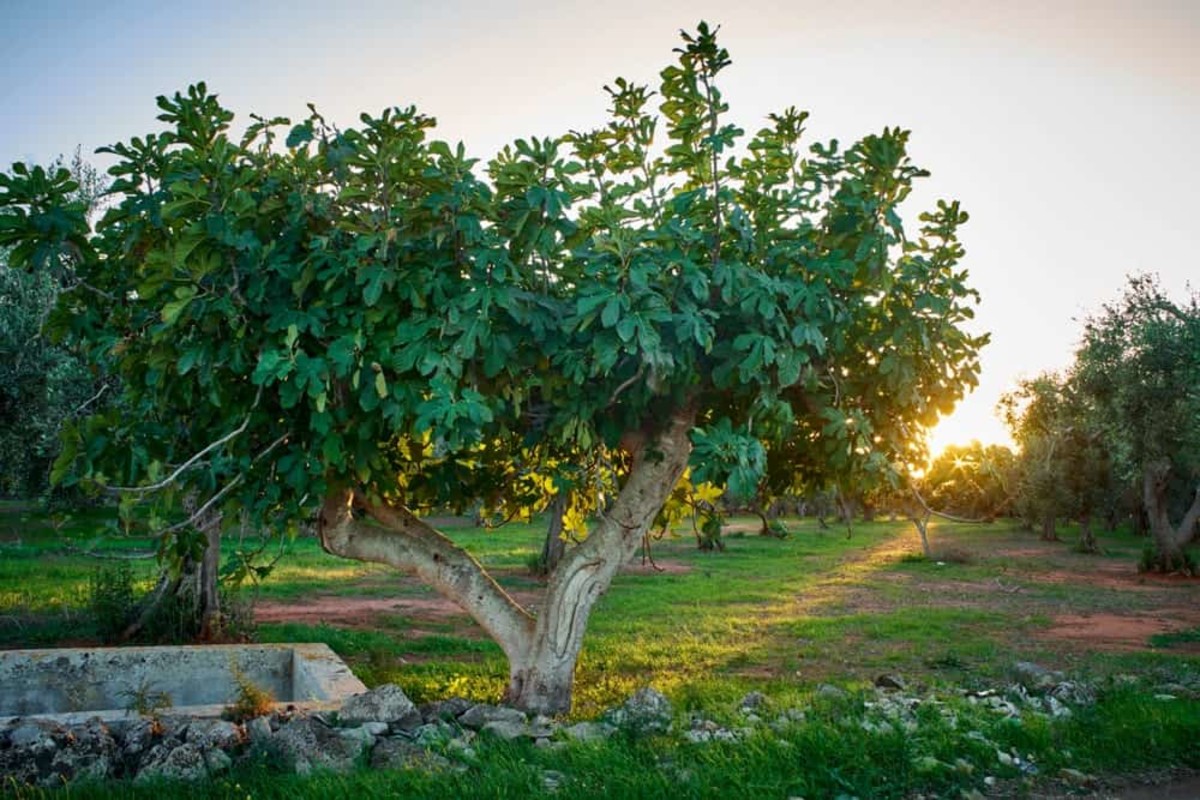7 Ways to Get Your Fig Tree to Produce More Fruit in Victoria, BC
Ensuring your fig tree thrives
Fig trees are a popular choice for gardens in Victoria, BC, thanks to their adaptability to the region’s mild climate and the delicious, sweet fruit they produce. However, fig trees need specific care to maximize their fruit production. Factors such as pruning, watering, and fertilization all play a role in ensuring your fig tree thrives.
Here are 7 ways to get your fig tree to produce more fruit in Victoria, BC, ensuring a bountiful harvest year after year.
1. Choose the Right Fig Tree Variety for Victoria, BC
Selecting a variety suited to Victoria’s climate is crucial for productive fig trees. Some varieties perform better in cooler, coastal environments.
Tips:
- Recommended Varieties: Choose cold-tolerant varieties like Desert King, Brown Turkey, or Chicago Hardy, which are ideal for Victoria’s mild winters.
- Ensure your chosen variety is self-pollinating, as this eliminates the need for a second tree.
- Plant your tree in a location that receives full sun to encourage fruiting.
2. Plant Your Fig Tree in the Right Location
Fig trees thrive in specific conditions, and proper placement can significantly impact fruit production.
Tips:
- Choose a sunny location with at least 6–8 hours of direct sunlight daily.
- Plant your fig tree in well-draining soil to prevent root rot, especially in Victoria’s rainy winters.
- Shelter your tree from strong winds by planting it near a wall or fence, which can also provide additional warmth.
3. Prune Your Fig Tree Regularly
Pruning is essential for maintaining a healthy tree and maximizing fruit yield. It encourages new growth and ensures the tree's energy is directed toward fruit production.
Tips:
- Prune your fig tree in late winter or early spring while it’s dormant.
- Remove dead, diseased, or crossing branches to improve air circulation and sunlight penetration.
- Thin out overcrowded branches and focus on maintaining an open structure to maximize fruiting wood.
- Avoid over-pruning, as figs grow on new wood and second-year wood.
4. Fertilize Correctly to Boost Fruit Production
While fig trees don’t require heavy feeding, providing the right nutrients at the right time can enhance fruit production.
Tips:
- Apply a balanced fertilizer with equal parts nitrogen, phosphorus, and potassium in early spring.
- Avoid over-fertilizing with nitrogen, as this can lead to excessive leaf growth at the expense of fruit.
- Add compost or well-rotted manure around the base of the tree to improve soil fertility.
5. Water Consistently During the Growing Season
Fig trees in Victoria benefit from consistent moisture, especially during the fruiting season. Drought stress can cause figs to drop prematurely or reduce fruit quality.
Tips:
- Water deeply once or twice a week during dry periods, ensuring the soil stays evenly moist but not waterlogged.
- Use mulch around the base of the tree to retain moisture and regulate soil temperature.
- Reduce watering slightly as fruit ripens to concentrate the tree’s sugars and improve fruit sweetness.
6. Protect Against Pests and Diseases
Victoria’s mild coastal climate can encourage pests and diseases that affect fig trees, such as aphids, scale insects, and fungal infections.
Tips:
- Inspect your tree regularly for signs of pests, such as sticky residue, honeydew, or sooty mold.
- Use organic pest control methods, like neem oil or insecticidal soap, to manage infestations.
- Prevent fungal diseases by ensuring good air circulation through proper pruning and avoiding overhead watering.
- Clean up fallen leaves and fruit to reduce the risk of pests and diseases overwintering near your tree.
7. Encourage Fruit Ripening with Seasonal Care
Fig trees require specific care throughout the year to ensure fruit ripens properly.
Tips:
- In spring, prune and fertilize to encourage healthy growth.
- During the summer, thin out small or underdeveloped fruit to allow the tree to focus its energy on ripening larger figs.
- In late fall, protect your tree from frost by mulching around the base or wrapping young trees with burlap.
- Consider growing your fig tree in a container if space is limited, which allows you to move it to a protected location during the winter.
Bonus Tip: Be Patient
Fig trees can take 3–5 years to reach their full fruiting potential. Consistent care and attention during these early years will reward you with abundant harvests in the future.
Conclusion
Getting your fig tree to produce more fruit in Victoria, BC, requires a combination of the right variety, proper planting, and year-round care. By following these 7 steps, you’ll ensure your tree thrives and rewards you with delicious, homegrown figs for years to come.
For expert assistance with your fig tree, Ascent Yard Care offers professional tree care services in Victoria, BC, including pruning, pest management, and fertilization. Contact us today to ensure your fig tree reaches its full fruiting potential!

